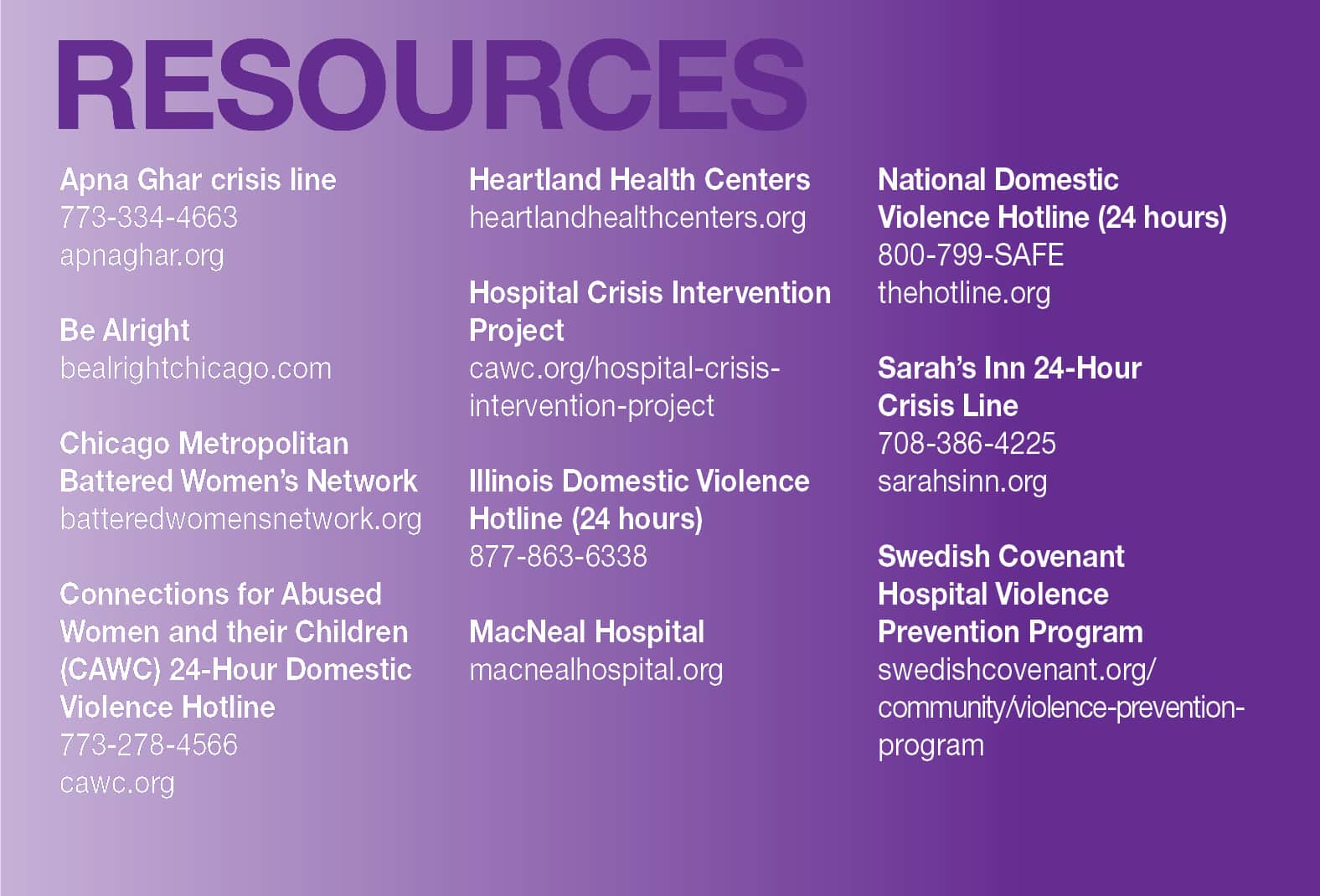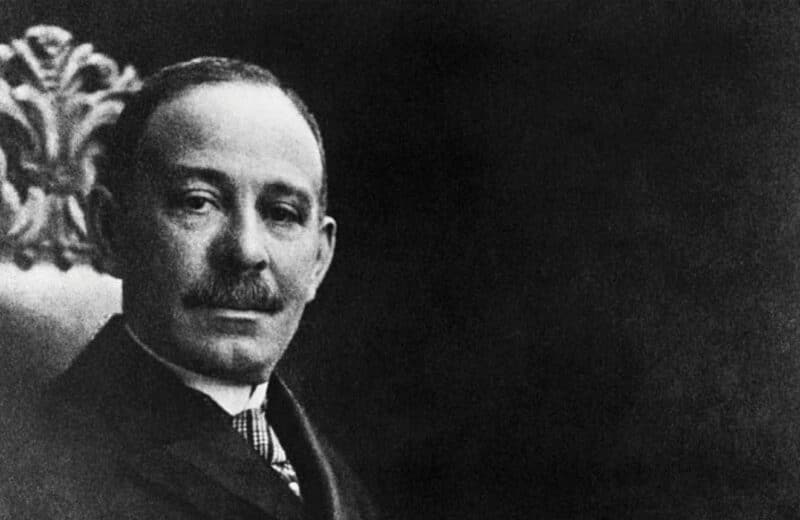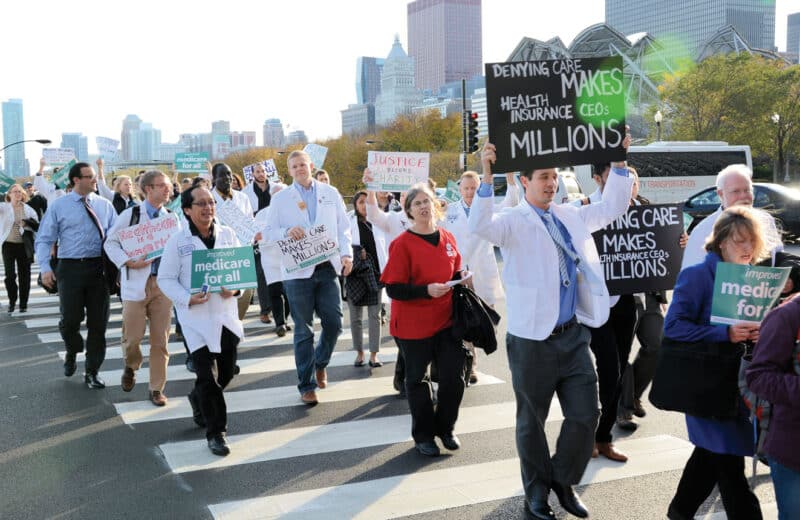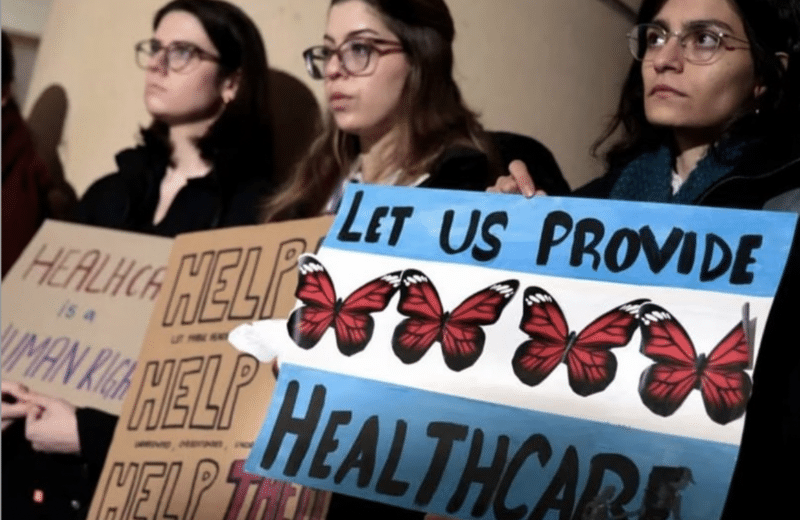Breaking the silence of domestic violence — and how healthcare providers can help
Like a lot about domestic violence, the health effects are hidden and not really talked about. But when you do start to talk about it, you’re stunned at what’s there.
Yes, there can be bruises, broken bones and lost teeth. But domestic violence, also called intimate partner violence, can also result in depression, eating disorders and post-traumatic stress disorder (PTSD). Some survivors may have a traumatic brain injury (TBI) from being strangled or choked. Others try to cope with the violence in unhealthy ways that lead to alcoholism and substance abuse.
Women and men who experience domestic violence may not come into contact with a domestic violence agency, but many will come into contact with healthcare providers. And that’s where these practitioners — nurses, doctors, technicians — can step in to help.
By screening for domestic violence and giving patients a safe space to disclose abuse, healthcare providers are in a unique place to connect survivors to the medical attention and safety resources they need.
A public health issue
The Centers for Disease Control and Prevention (CDC) calls domestic violence “a serious, preventable public health problem that affects millions of Americans.”
Nearly 1 in 4 adult women and approximately 1 in 7 adult men experience severe physical violence from an intimate partner in their lifetime, according to the CDC. And that doesn’t include other forms of abuse, including emotional, economic and sexual abuse.
Those who have experienced domestic violence have a higher rate of cardiovascular disease, stroke, asthma, arthritis and heavy drinking than those who have not experienced domestic violence, the CDC says. Pregnant women can have an increased risk of preeclampsia, hypertension and preterm labor.
“Domestic violence is very much a public health issue. It has such a broad impact on injury, chronic disease and mental illness in the form of anxiety, PTSD and other mental health issues that are a result of trauma,” says Ember Urbach, LMSW, director of the Centralized Training Institute for the Chicago Metropolitan Battered Women’s Network.
“Even if it’s not the physical injuries from being hit or punched or strangled, [victims are] still experiencing more health problems from the stress and trauma of being in a violent situation,” she says. “Just the impact of the stress alone can exacerbate conditions like asthma, chronic pain, fibromyalgia, gastrointestinal issues and diabetes.”
Raising awareness
Domestic violence can happen in any environment, in any culture, in any way. And while it’s very common, it’s not often talked about.
“People often see it as a low-income issue, but it crosses all barriers,” says Courtney Herrera, a domestic violence counselor/advocate at Northwestern Memorial Hospital. “It crosses every economic background and socioeconomic level: African-American, Caucasian, men, women, lesbian, heterosexual — it affects everybody.”
Increasingly, healthcare providers are reaching out to domestic violence agencies for help in identifying abuse and referring patients to resources. And they are learning to look beyond the typical physical symptoms, says Colleen Sutkus, director of training and education for Sarah’s Inn, which provides domestic violence services in Chicago and West Cook County.
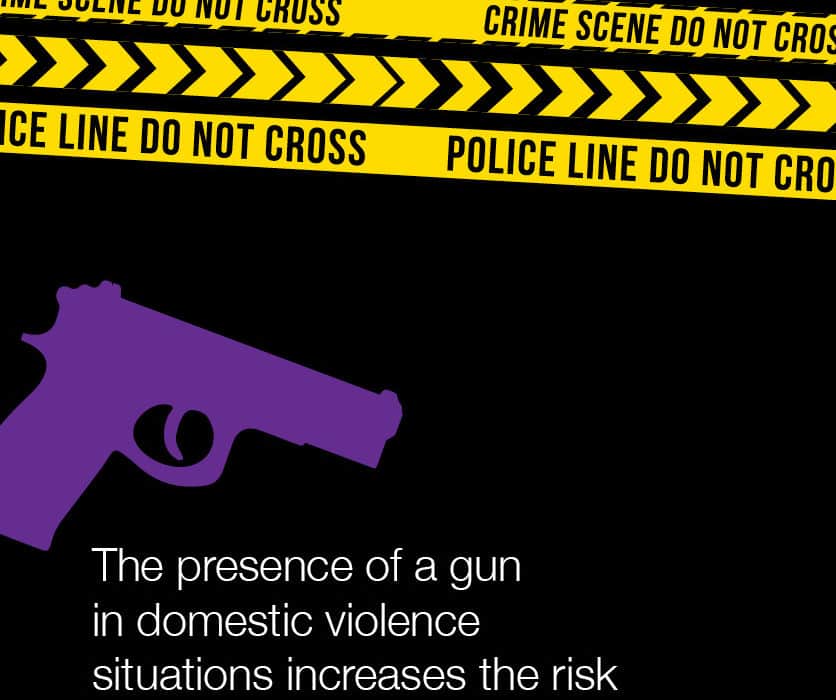
Instead, today’s domestic violence advocates are educating providers to identify the physical and mental health impact of partner violence over a lifetime.
“Once you get that ‘aha!’ moment for physicians, nurses and folks in the medical community, then they can see it; they can make those connections,” Sutkus says.
Learning to listen
Physicians are trained to recognize and treat various diseases, says Sonia Oyola, MD, director of the Family Medicine Clerkship at the University of Chicago Pritzker School of Medicine.
“A lot of emphasis is placed on [treating] disease states: diabetes, hypertension, chronic pain issues, depression, anxiety. There’s less emphasis on how to prevent some of those conditions and even less on how to uncover some of the root causes behind those chronic conditions,” says Oyola, who is board certified in both family and integrative medicine. “At the heart of many of these chronic conditions can be intimate partner violence.”
Acknowledging and addressing the abuse can help improve a patient’s health, she says. But it takes caring and compassion.
“That’s where trust comes in. That’s where people feel like this is a place where they can share this very intimate and complicated secret that they’ve kept in order to ensure their safety,” she says. “The only way that they’re going to come close to risking that is if they feel that the person in front of them cares for them deeply, will protect their information and validates them as a person, validates their story.”
Of course, hearing their stories is not easy.
“It’s absolutely heartbreaking,” says Oyola, who sees patients at Heartland Health Centers. “But oftentimes when I hear the answer I’m like, oh, that’s why the blood pressure has been so hard to manage. That’s why their blood sugar is 350. While [it’s] heartbreaking, it’s also an illuminator.”
Recently, in a routine appointment, a patient told Oyola that he was a survivor of physical, verbal and emotional abuse.
“He said to me, ‘You’re the first person that I’ve ever said this to,’” Oyola says. “And then I thought to myself, why did he say it? Because he felt safe enough to do it.”
After the patient opened up about his abuse, it led to changes in his health. “I’ve seen remarkable improvements in his blood sugar and his blood pressure,” Oyola says. “This improvement did not come from adjusting his medications. It came about because the healthcare team is helping him manage this extremely stressful life experience. As we helped him with stress, of course it’s going to help him with the outcomes of stress, which are his diabetes and hypertension.”
No quick fix
Doctors are used to fixing things and providing directives: Take this pill and call me in the morning.
But domestic violence is different. It’s not as simple as telling a person to leave their partner.
When an individual leaves an abusive relationship, it’s the most dangerous time in terms of risk of extreme injuries, stalking and death, Urbach says. Also, survivors may not be ready to call police, go to a shelter or disrupt the lives of their children. And immigrants may not want to contact law enforcement because they’re afraid of getting deported.
Even if it’s not the physical injuries from being hit or punched or strangled, [victims are] still experiencing more health problems from the stress and trauma of being in a violent situation.”
Healthcare practitioners should follow the lead of survivors, as they are keenly attuned to their own safety and survival, says Radhika Sharma Gordon, manager of education and training at Apna Ghar, which provides advocacy services to immigrant and refugee victims of domestic violence and trafficking.
“It’s incredibly important that their independence and their ability to control their own lives and their own health be honored, because in many relationships where there’s abuse the victim’s control, independence and autonomy have been taken away or have been severely limited,” she says.
Providers may not understand why advocates don’t immediately recommend an order of protection or shelter. But that approach doesn’t work for those who have experienced domestic violence, Sutkus says.
“What works is, ‘Here are the options. What do you need? What do you want? What’s safe for you?’
“For medical staff, that’s a tougher concept to grasp,” Sutkus says. “They tend to feel defeated when the way they’re giving the information to their patients isn’t received well.
“In our training, we try to help [providers] reframe success,” she says. “Success might be [that it’s] the first time that any human being ever asked that woman how she felt about her relationship. And that might be the first time that anybody ever said, ‘I’m really sorry that this is happening to you, and it’s not your fault.’”
When interacting with domestic violence survivors, healthcare providers offer resources in safe, discreet ways. They may give patients lip balm with a hotline number hidden inside or may provide them with a burner phone, says Kate Lawler, director of the Violence Prevention Program at Swedish Covenant Hospital, which works with patients and staff impacted by domestic violence, sexual assault and human trafficking.
“A year later,” Lawler says, “people will call us and say, ‘I want you to know that the information that you provided me or the phone that you gave me was a lifeline. I used it to eventually leave. It took eight months, but because I had that phone, I knew I could start making arrangements without my partner monitoring the calls and knowing what I was doing.’”
It can take an average of seven times of trying to leave before survivors can make the final break from an abusive relationship, Lawler says. “It isn’t like an antibiotic that within three days is going to take away the infection. It’s a longer process and only the survivor can decide when the time is right.”
Reserving judgment
Because of studies showing the effectiveness of domestic violence screening in pregnant and postpartum women, in 2013 the U.S. Preventive Services Task Force changed its recommendation for screening from an “I” (insufficient evidence) to a “B” (showing moderate benefit). An update, currently in draft status, continues to recommend that clinicians screen women of reproductive age and refer them to support services.
In places like emergency rooms, obstetrics and gynecology clinics, mammography, radiology and ultrasound offices — where patients are often alone — more providers are screening for domestic violence.
“Healthcare practitioners are in a unique place to help,” Urbach says. “When a woman or man sees a doctor, oftentimes it’s the only time they are alone, without the abuser by their side. It’s a chance for the practitioner to ask questions to screen for domestic violence.”
To get a patient alone, hospital staff gets creative. They might send the individual to a patient-only area for radiology testing. A partner might be given a meal voucher to go downstairs and get something to eat. A nurse might put a sticky note on the door as a signal to other staff that she’s waiting to talk to the patient alone.
“We never want to do anything that puts anybody in greater danger. So we try to do everything possible not to let an abusive person know that we’re having this kind of conversation with the patient,” Lawler says.
When asking about abuse, it’s important to frame questions in such a way that the patient doesn’t feel singled out or judged, says Kesha Larkins, associate director of Connections for Abused Women and their Children (CAWC), which runs a shelter and provides counseling and advocacy services.
“One thing we hear a lot from clients is that they feel judged by other people when they do share their story, so it’s really important to be supportive but non-judgmental, regardless of what it is that the person is choosing to do,” Larkins says.
Care and compassion
Oyola starts by framing the questions in an open manner — “I’m asking everyone and I’m asking because conflicts can affect your health and well-being” — but then gets direct, using the HITS (hurt, insult, threaten, scream) screening tool.
“I started to ask all of my patients: ‘Has anyone, in the past or currently, ever hurt you?’ And I pause and wait for them to answer. ‘Insulted you?’ Pause. ‘Threatened you? Screamed at you?’”
If a patient does disclose abuse, Oyola responds with compassion.
“It’s as simple as saying: Thank you for sharing this with me. You’re doing a great job. You’re coming here for these visits and you’re getting your Pap smear or you’re coming in to get your kids’ school physicals and also managing something as complex as domestic violence. I really appreciate your efforts to maintain your own health and well-being while also managing something as complicated as what you’re going through. I believe that you can do this. How can I be most helpful to you? Do you have a safety plan or know what that is?”
Having that voice of trust can make all the difference. Something that Oyola knows all too well.
“I’m a child survivor of domestic violence,” Oyola says. “I saw and experienced lots of physical, emotional and verbal abuse when I was a kid for many years, but I was incredibly lucky to have a few key adults in my life who saw my worthiness, particularly my mother. This is a critical thing for breaking the cycle of violence: having at least one adult who really loves you, who accepts you no matter what.
“My dad is a person who is a survivor,” Oyola says. “He was hurt when he was a child, and he never got any help. So this is what happened when he became a parent. When you grow up with it and no one says anything, then it becomes normalized, you never get the support you need and it can just move on with you. Of course, domestic violence is not universally passed on to future generations, but witnessing and experiencing family violence as a child is the strongest predictor that one will experience this issue as an adult.”
There’s an opportunity for healing, though. “The amazing thing about being a family medicine doctor is that I can help the whole family,” Oyola says. “I can help the person who’s hurt, and I can also help the person who is [doing the] hurting. We need to help all the members of the family. We can’t just focus on one because then we won’t help break the cycle of violence in any way.”
It takes a village
As trauma coordinator at MacNeal Hospital in Berwyn, Miriam Ramirez, BSN, RN, CEN, was auditing the records of emergency room patients and saw a frightening pattern of injuries from partner violence.
“There were cases that stood out to me, like ‘patient’s hand slammed against ground by boyfriend,’ ‘patient reports loss of consciousness,’ or a skull fracture or an internal head bleed,” Ramirez says. Usually, the patients were treated and then discharged home.
“I just started thinking: Is there something more that we can do for these patients?”
So Ramirez spoke to MacNeal’s vice president of nursing, who encouraged her to create a program with local community agencies. Together, they formed a medical response task force with representatives from the emergency department, obstetrics and gynecology, pastoral care, risk management, quality management, human resources, security and local domestic violence agencies.
The task force has met every month since 2014 and is creating a policy for domestic violence as well as child abuse, elder abuse, sexual assault and human trafficking. They’re working with the human resources department to make sure resources are accessible for everyone, from patients to staff, because employees have come forward with their experiences of domestic violence, too.
At John H. Stroger Jr. Hospital of Cook County and Northwestern Memorial Hospital, advocates provide on-site crisis intervention through CAWC’s Hospital Crisis Intervention Project, which started in 1992 as one of the nation’s first hospital-based domestic violence programs.
Counselor/advocate Elizabeth Buehler sometimes finds herself providing direct services at Stroger just hours after an incident. “Often that may be the first time they’re ever thinking they’re in a domestic violence relationship or speaking to someone about the situation,” she says.
They might not be ready to talk, but Buehler says that the initial interaction is still important. “I can immediately see the results of me going there, because I’m giving them education and giving them resources. And even if they’re not picking up on it right then, they have that knowledge for the future.”
Challenges and changes
Providers are constantly squeezed for time, so fitting in a compassionate screening is tough in a typical 15-minute appointment. But while it’s not easy, it’s important, says certified nurse midwife Allison Manko, CNM, MS, director of Midwifery Services at Swedish Covenant Hospital.
“In today’s healthcare climate, where there’s a big focus on productivity and how many patients you are seeing, such a sensitive issue like this takes time,” she says. “It takes developing a relationship with someone and gaining their trust, which is very challenging to do in a 15- or 20-minute appointment.”
There are other challenges — the state of Illinois’ ever-present budget woes among them. With the budget crisis, there has been a reduction in healthcare and nonprofit resources. The Illinois Coalition Against Domestic Violence reports that, due to a lack of resources, they turned away more than 3,300 adults and 3,600 children seeking shelter in 2017.
“We end up with clients who have more complex needs, and there are fewer places to refer them to for those services,” CAWC’s Larkins says. “We may have people who are dealing with immigration issues; people who have mental health diagnoses but have limited access to counseling or medication; [people with] health issues on top of domestic violence and with limited resources to receive healthcare services.”
Despite those challenges, committed advocates are making a difference.
To help survivors through stressful times, Oyola co-founded Be Alright in 2009, a non-profit organization that supports survivors of domestic violence and shelters. She’d like to start a wellness van that would travel to shelters providing mind-body medicine, acupuncture, massages, mindfulness-based counseling and nutrition information.
At Sarah’s Inn, they’re trying to prevent domestic violence from occurring by working with young people before they become perpetrators. The Together Strong program — taught in Oak Park and River Forest public middle schools and high schools — has teens re-examine beliefs and attitudes that can lead to violence. “We’ve moved into real prevention, not just awareness,” Sutkus says.
Hopefully, the conversation around domestic violence will become more commonplace.
“I’m sure 30 years ago, being asked about smoking at your doctor’s office was weird and new, and now we all get asked about it because we know how much it impacts health,” Urbach says.
Healthcare providers can make a difference by starting the conversation.
“A lot of times, these women and men are in the shadows of society, and the only time that they encounter other people is through the healthcare system when they come in for treatment for injuries or acute illness. That’s their chance to get help,” Manko says.
“If we don’t catch it and we don’t screen for it, then they may continue to go unnoticed in society and not get the help that they deserve,” she adds. “Healthcare is an amazing first-line institution to help connect these [individuals] with the resources that specialize in going deeper and trying to get them into a better situation.”
